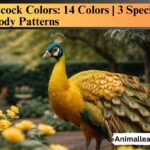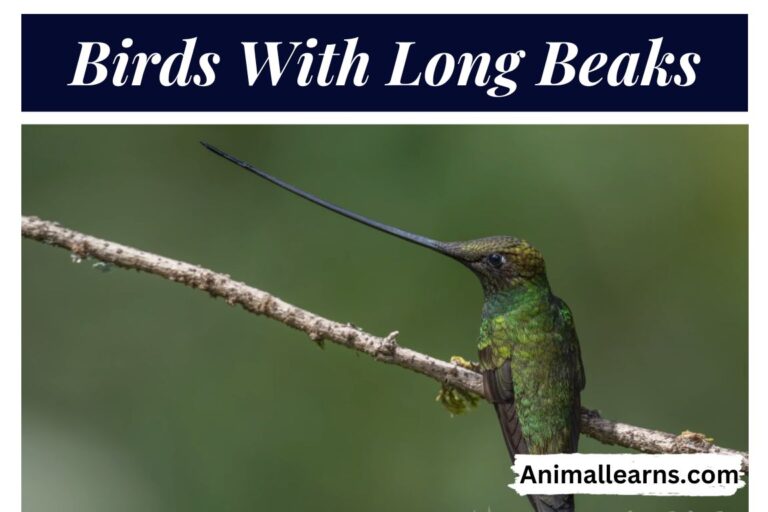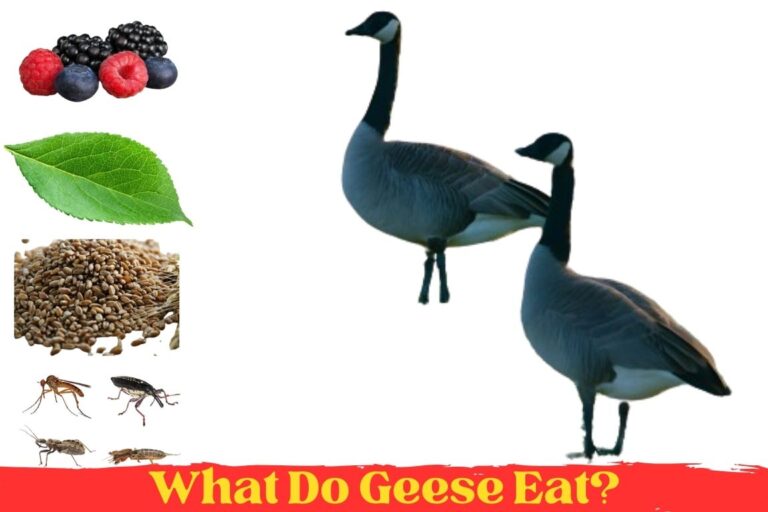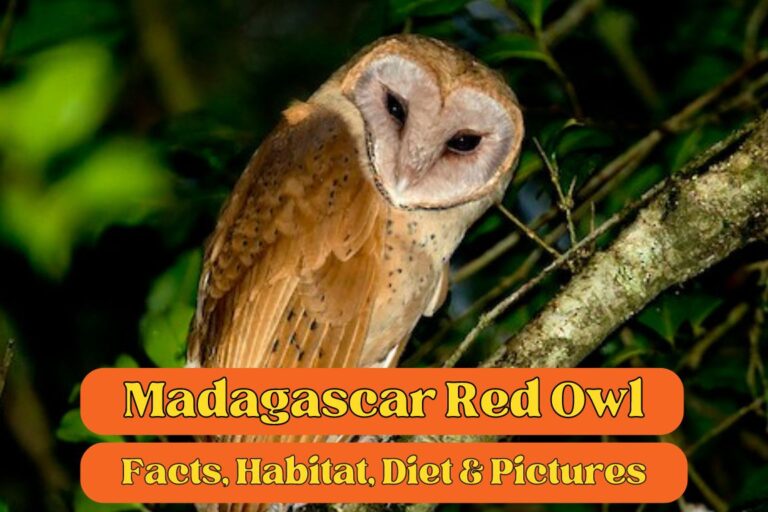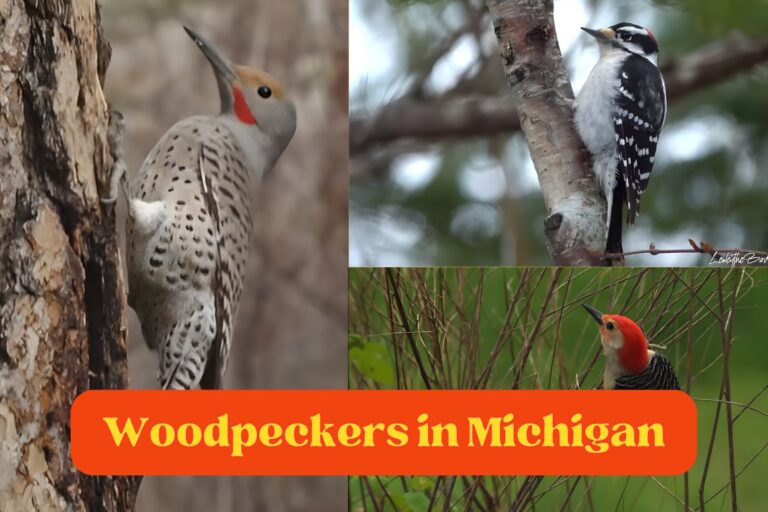Beautiful Red Peacock Habitat and Pictures
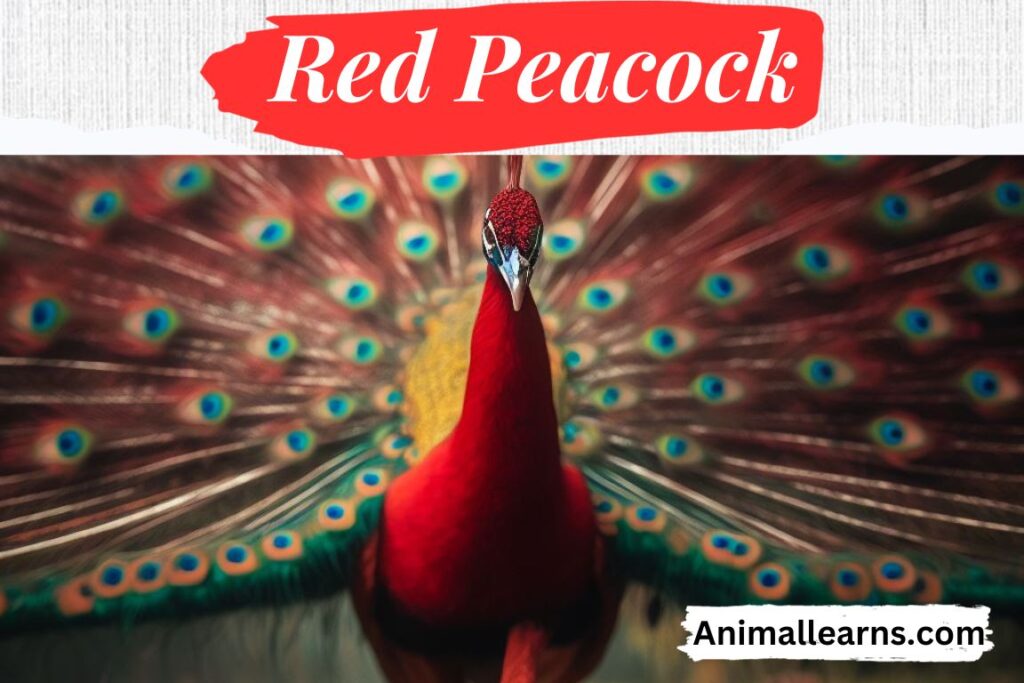
Are red peacock real?” The answer, of course, is emphatically NO. There is currently no conclusive proof that red peacocks exist. Red is just not one of the beautiful hues that peacocks may display, despite the fact that they do.
Seeing peacocks is not uncommon. It’s likely that you have seen a peacock in the wild if you have traveled to South Asia on a safari or birdwatching trip. At a minimum, you could have encountered one at a zoo.
For a very long time, people have loved peacocks for their magnificent feathers and majestic bearing. There aren’t many birds that captivate our thoughts like the peacock. Generations of bird watchers and environment lovers have been captivated by the vivid hues of peacock feathers.
The majestic peacock show never fails to captivate, with its dazzling hues ranging from the distinctive iridescent blues and greens to the startling purple and golden tones. But among wildlife aficionados worldwide, tales of a rare and elusive peacock have aroused interest and discussion.
Interesting Facts
Contents
- Beautiful and intriguing birds are red color peacocks. They stand for pride, knowledge, and beauty.
- Seeing red peacocks is delightful. Their intricate displays and vivid hues are breathtaking.
- In many civilizations, they are considered lucky and prosperous. They are frequently kept as pets and are frequently featured in literature and art.
- An essential component of Southeast Asia’s ecology is red peacocks. They aid in pollinating plants and spreading seeds. Additionally, they provide food for foxes and snakes, among other predators.
- They are solitary birds that are seldom observed in flocks larger than three or four. They roost on trees at night and are most active during the day.
- Although they are not in danger of extinction, these peacock populations are dropping as a result of habitat degradation and poaching. Additionally, they are in danger because of hybridization with ordinary peacocks.
- Bright crimson plumage is a characteristic of red peacocks. The enormous, fan-shaped tail of males can reach a length of six feet. When they are wooing females, they make a stunning exhibition of spreading their tails out.
Do Red Peacocks Really Exist?
They appear authentic. However, such videos are produced with video editing software that uses color filtering. You too may make a peacock video in whatever color you like. Not too difficult. I even used the same process to produce this post’s featured image.
What about crimson peacock feathers that are sold in craft stores or online? To achieve varied colors, the natural blue or green feathers are either colored or bleached.
Therefore, those cannot be considered trustworthy sources for the assertion that red-color peacocks exist. Always use trustworthy sources, such as the United Peafowl Organization.
We cannot guarantee that we will never learn about the existence of a true red color peacock in the future, even in the absence of records. I think it’s possible since scientists and researchers are discovering new species, species variants, etc., and breeders are creating new mutations!
Understanding the Colors of Peacocks
For What Reason Does The Peacock Look So Colorful?
Peacocks are clearly superior to other birds in terms of vivid colors. Peacocks get their colors from a mixture of pigments and photonic crystals rather than just pigments.
Different wavelengths of light are reflected by the distance between these crystals and the angle at which the light reaches the feathers. The amazing range of colors displayed by peacocks, which resembles a captivating rainbow, is caused by this phenomenon.
Which are the most common peacock colors?
Peacocks seem to be more common in four hues than in other colors:
- Iridescent blue
- Yellow
- Green
- Brown
Iridescent Blue

Some peacock species are known as “blue peacocks” because of the iridescent, vivid blue hues on their heads and necks. Their feathers also have a hint of this blue tint. When photonic crystals form a network of nine to twelve rods containing melanin spaced 140 nanometers (nm) apart, color development occurs.
These gems have a gorgeous blue appearance because they reflect blue light. It’s thought that the healthiest peacocks are those with blue eye marks on their tails.
Mellow Yellow Color
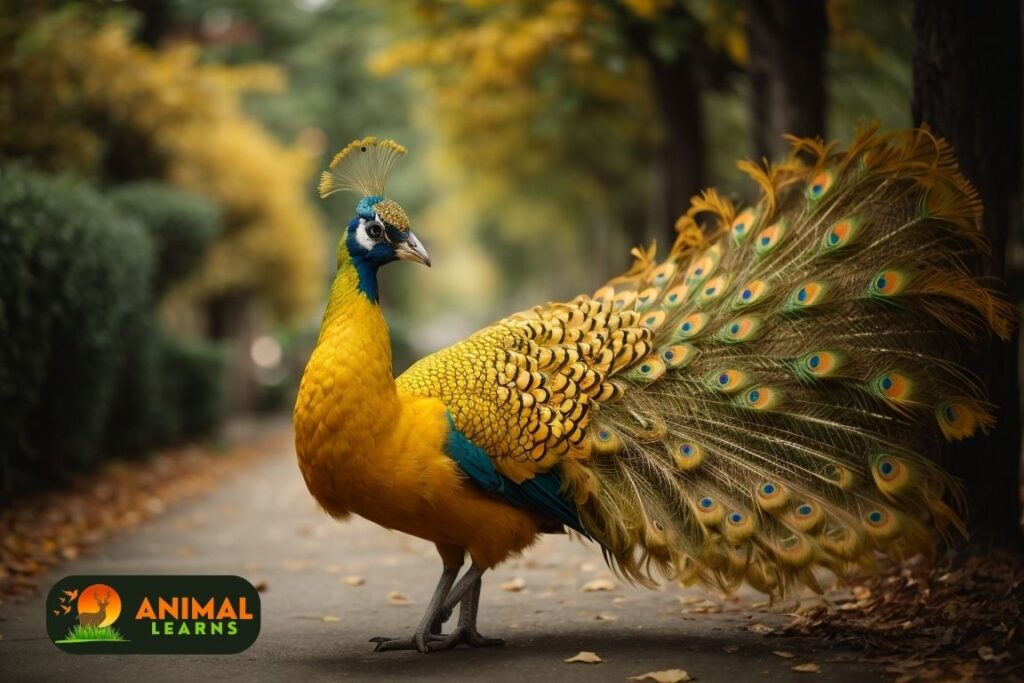
In the wild, peacocks do not have a yellow tint. Conversely, yellow can be seen in certain spots or all throughout the barbules, or threads that resemble feathers, on a peacock’s feathers. The six rods that make up the crystal network that produces this hue are 165 nm apart.
Green Color
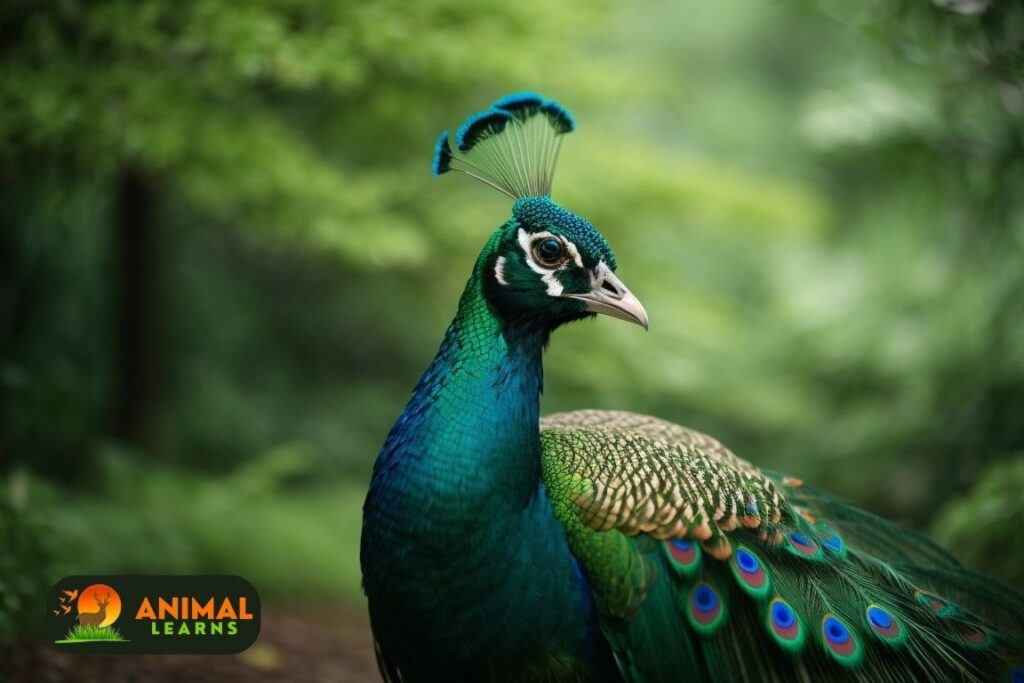
The heads and necks of certain peacocks are green. The majority of the feathers on both the blue and green peacock species are green in hue.
Photonic crystals self-organize into a square network of ten rods separated by 150 nm, which produces this hue. The reflected wavelengths of light that interact with this structure fall into the green part of the spectrum.
Brown and Copper

The body and tails of many peacock species are mostly colored in shades of brown and copper. There may also be uncommon variations of these hues, such as deep brown.
The tail of the Buford Bronze species is chocolate brown, and its eye patches are dark brown. These colors are produced by generating a rectangular crystal lattice with four rods positioned 150–185 nm apart.
White Peacock (Albino Peacock)

White peacocks are considered unique and are frequently the result of color changes in blue and green peacock species. Although the pigments produced by these peacocks are not lacking in color, they are coated in a way that makes them invisible.
Numerous animal species can exhibit leucism as a disease. The white peacocks seem mostly or completely white as a result. Leucistic peacock females are yellow at birth and gradually turn white as they mature.
Additionally, there are albino peacocks, which have a totally white body with pink or scarlet eyes due to a lack of pigments or melanin.
Other Colors
Peacocks have been documented to exhibit a variety of colors in addition to the ones described above; these hues are all the outcome of genetic mutations in Indian peacocks. Among the hues offered are Violet, Cameo, Charcoal, Opal, Bronze, Peach, Midnight, Jade, Taupe, Sonja’s Violeta, Hazel, and Indigo.
The eyespots on the peacock’s tail display most of these hues. Since all of these hues are recessive, if these peacocks mated with Indian peacocks, the progeny would primarily be blue, looking like Indian peacocks.
Different Species of Peacocks
For both males and females of the species, the common name is peafowl. Additionally, peafowls are referred to as peachicks for young birds, peahens for females, and peacocks for males.
Peacocks are popular because they are somewhat more glamorous. Peacocks have a stunning long upper tail covert, commonly known as a “train,” that measures around 5 to 6 feet when completely developed. They can fly despite having huge bodies and clumsy trains.
The most prevalent and well-liked kind is the Indian peafowl. However, there are two other unique species of peafowls: the Congo peafowl and the green peafowl.
Indian Peafowl (Pavo cristatus )

| Feature | Description |
| Scientific Name | Pavo cristatus |
| Length | Males: 100-115 cm (39-45 in); Females: 95 cm (37 in) |
| Diet | Omnivorous, including seeds, insects, worms, fruits, small mammals, frogs, and reptiles |
| Weight | Males: 4-6 kg (8.8-13.2 lb); Females: 2.75-4 kg (6.1-8.8 lb) |
| Color (Neck) | Males: Blue-green; Females: Brown |
| Body Color | Males: Green with iridescent blue and gold markings; Females: Brown with mottled markings |
| Crest | Males: Yes; Females: No |
| Train | Males: Yes; Females: No |
| Tail | Males: Long and trailing; Females: Short and not trailing |
| Location | India, Southeast Asia |
One of the most identifiable birds in the world, the Indian Peafowl, sometimes called the Common Peafowl or Blue Peafowl, is a huge and colorful bird native to Southeast Asia and India. A rare red variant of the bird is known as the Red Peacock.
Of the three main varieties, the Indian peafowl is probably the most well-known and well-liked. Native to India, Sri Lanka, and other regions of Eastern Asia, these birds feature bright blue heads and crests with amazing tail feathers.
Males display their gorgeous feathers to entice peahens during mating season. These magnificent birds are reputed to possess “the voice of the devil, the walk of a thief, and the feathers of an angel” in India.
Much while their striking look attracts attention, they are much more alluring because of their loud, often unbearable screams.
Habitat
Native to the Indian subcontinent, the Indian peafowl is sometimes referred to as the common peafowl or blue peafowl. It may be found in many different types of environments, such as:
Open woods: Due to the abundance of food and cover found there, peacocks are most prevalent in open forests. They favor forested areas that are a mixture of meadows, shrubs, and trees.
Cultivated land: Cultivated land is home to peacocks, who graze on crops, seeds, and insects. They especially like areas that are planted with grains, such as rice.
Scrublands: Dense vegetation that is shorter than trees makes up scrublands, where peacocks can also be found. Scrublands close to water sources are their preferred location.
Urban locations: Parks, gardens, and even rooftops provide peacocks with food and shelter. Peacock populations are growing in urban areas.
Green Peafowl (Pavo muticus)

| Feature | Information |
| Scientific Name | Pavo muticus |
| Length | 30-40 inches |
| Diet | Omnivore: fruits, seeds, insects, small reptiles, and mammals |
| Weight | 2-4 pounds |
| Color (Neck) | Green |
| Body Color | Green with iridescent blue and gold markings |
| Crest | Prominent double-crested head plumage |
| Train (Display) | Elongated upper tail coverts, used in courtship display |
| Tail | Short and not trailing |
| Location | Southeast Asia, including India, Myanmar, Vietnam, Laos, and Thailand |
“Indonesian Peafowl” is another term for green peafowls. It is Myanmar’s national bird. Another species found in Asia is the green peafowl, which is indigenous to Southeast Asia.
Green peafowls like tropical and subtropical woods as their preferred habitats; they are less common in grasslands, savannas, scrub, and the boundaries of farms.
The green peacock and the peahen share a similar appearance to the Indian peafowl. Their breasts and necks are iridescent green. The train of a green peacock is lengthy, but the train of a peahen is similarly short and just about reaches the tail.
The train of green peacocks molts throughout the non-breeding season, making it challenging to distinguish them from peahens.
Habitat
Native to Southeast Asia, the green peafowl (Pavo muticus) is a stunning and secretive bird. They may be found in a range of environments, such as deciduous and evergreen forests, primary and secondary forests, and tropical and subtropical regions. They may also be found on the edges of farms, in scrub, savannas, grasslands, and amid bamboo.
Congo Peafowl
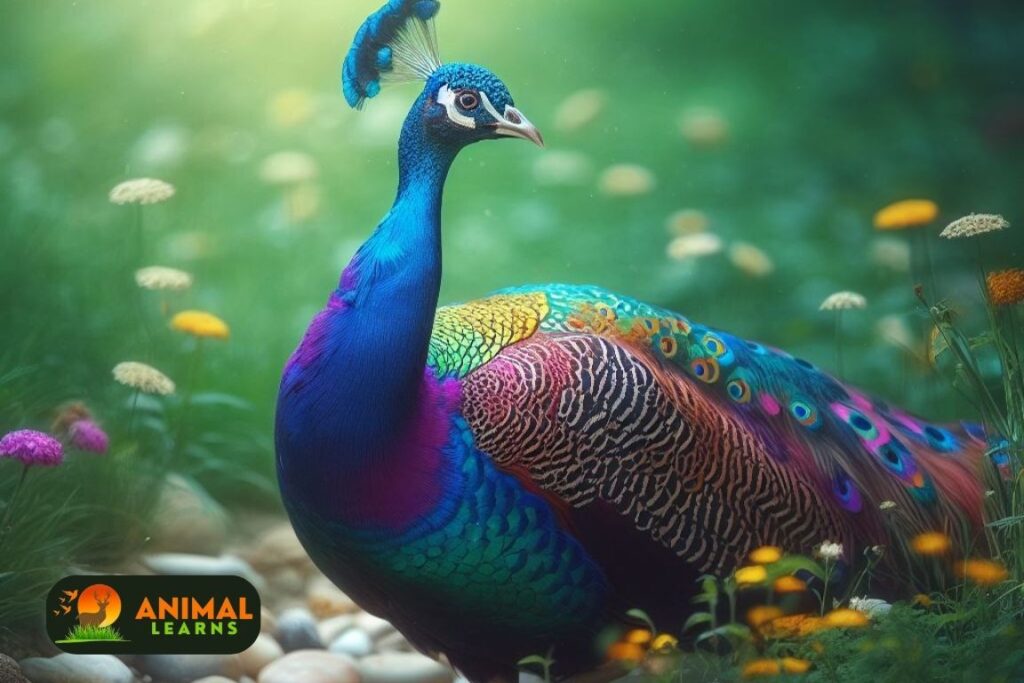
| Feature | Information |
| Scientific Name | Afropavo congensis |
| Length | Males: 52-64 inches, Females: 36-42 inches |
| Diet | Omnivore: fruits, seeds, insects, small reptiles, and mammals |
| Weight | Males: 4-5 pounds, Females: 2-3 pounds |
| Color (Neck) | Males: Blue-green, Females: Brown |
| Body Color | Males: Green with iridescent blue and gold markings, Females: Brown with mottled markings |
| Crest | Yes, males only |
| Train | Yes, males only |
| Tail | Long and trailing, males only |
| Location | Central Congo Basin of the Democratic Republic of the Congo |
The Congo Basin in Central Africa is home to the amazing Congo Peafowl. Although it is related to both the Indian and Green Peafowls, it differs from them in several ways.
The distinctive appearance of the Congo Peafowl sets it apart. The male, referred to as a peacock, has blue feathers that shimmer on its breast, throat, and head.
It has long, exquisite tail feathers and a distinctive head crest. In contrast to the Indian Peafowl, the male Congo Peafowl has complex patterns on its back but lacks the bright eye-spotted train feathers.
The female, referred to as a peahen, has a more muted appearance. She may blend in with her surroundings for safety and concealment because of her brownish plumage with lighter patterns. Building the nest and tending to the eggs are the responsibilities of the female.
Due to their lifelong monogamy, congo peacocks couple together. In the rainy season, they deposit 2 to 4 eggs in each clutch when they breed. The female spends around 28 days incubating the eggs. Because they can move and feed themselves shortly after hatching, chicks are precocial.
Congo The dense forests of the Congo Basin are home to peafowls, who feed on seeds, fruits, insects, and small invertebrates. Rather than living in trees, these are ground birds that spend most of their time on the forest floor.
Several causes pose a threat to the survival of Congo Peafowls. The primary risks are habitat loss brought on by deforestation and hunting for the animals’ meat and feathers. In addition, the Congo Peafowl is susceptible to population changes due to its limited distribution.
Habitat
The Democratic Republic of the Congo’s tropical rainforests, especially Salonga National Park, are home to the Congo Peacock (Afropavo congensis). These magnificent birds are unique to this area of the world and are native to it.
Do Female Peacocks Have Colorful Feathers?
Compared to their male counterparts, female peacocks, commonly referred to as peahens, are more subdued in appearance. Usually brown, tan, or gray in color, their feathers may have blue or green iridescent patterns.
When they are nesting and rearing their young, their pigmentation helps them blend in with their environment and protects them from predators.
However, sexual selection is responsible for the brilliant hues of male peacocks. Females find peacocks with more ornate and colorful tails more appealing because they are thought to be in greater health, have higher genetic fitness, and are able to support and shield their young.
Male peacocks are renowned for their magnificent fan-shaped tails, which are the result of this evolutionary pressure.
What is the rarest Peacock color?

The most unusual hue found on peacocks is white. As previously mentioned, leucism, a genetic anomaly in Indian peacocks, is the source of most white peacocks; others, however, may have albinism, which results in a loss of color. Their gorgeous feathers and white bodies have led many to consider them the epitome of bird beauty.
I hope that now that you’ve read about peacock hues, you won’t be doubting Red-peacocks anymore. If you’re still unsure whether red peacocks exist, keep reading as we’ve covered every kind of peacock. It will help you to further understand Red-Peacocks.
Where We Can See Different Colors Of Peacocks?
Peacocks are colored blue, green, white, and bronze, among other hues. Although they are widespread around the world, India and Southeast Asia are home to the majority of them. Here are a few locations where you may view colorful peacocks:
India: The national bird of India is the peacock, which is widespread across the nation. The Keoladeo National Park in Bharatpur, Rajasthan, and the Kaziranga National Park in Assam are two of the greatest locations to watch them.
United States: Peacocks are not native to the United States, but they can now be found all over the country, especially in warm climates. Some of the best places to see them include the San Diego Zoo in California, the Jacksonville Zoo in Florida, and the Peacock Ridge Nature Preserve in Washington state.
Southeast Asia: Thailand, Myanmar, and Vietnam are just a few of the nations in Southeast Asia where peacocks are widespread. The Cu Chi Tunnels in Vietnam, the Inle Lake in Myanmar, and the Khao Sam Roi Yot National Park in Thailand are a few of the greatest locations to view them.
Europe: Having been brought there for millennia, peacocks are likewise widely distributed throughout this continent. The Schönbrunn Palace Gardens in Vienna, Austria, the Royal Gardens of Herrenhausen in Hanover, Germany, and the Peacock Garden in Stratford-upon-Avon, England, are a few of the greatest locations to view them.
Conclusion
A unique and exquisite variation of the ordinary peacock is the red-colored. They are indigenous to Southeast Asia and India, and they are distinguished by their vivid red feathers.
Compared to normal peacocks, they are bigger and their feathers have a more iridescent luster. In addition, they are less abundant in the wild and are more timid than typical peacocks.
In many cultures, they are kept as pets and are considered lucky and prosperous. They are a common topic in literature and the arts as well. Red peacocks are a significant component of the ecology and are essential for seed dissemination and pollination, despite their scarcity.
FAQs
What are red peacocks?
Red peacocks, also known as Indian red peacocks or Burmese red peacocks, are a rare and beautiful variety of the common peacock (Pavo cristatus). They are native to India and Southeast Asia, and they are known for their vibrant red plumage. They are larger than common peacocks, and they have a more iridescent sheen to their feathers. They are also more shy than common peacocks, and they are rarely seen in the wild.
What do red peacocks look like?
They are the largest of all peafowl species, with males reaching up to 6 feet tall and females reaching up to 4 feet tall. Their plumage is a rich, crimson red, with iridescent blue and green markings on their necks and upper wings. Males have a large, fan-shaped tail that can be up to 6 feet long, which they spread open in a spectacular display when they are courting females. Females have smaller tails that are not as colorful as those of males.
Where do red peacocks live?
They are native to India and Southeast Asia, where they live in forests, grasslands, and scrublands. They are most commonly found in the foothills of the Himalayas, but they can also be found in other parts of India, as well as in Myanmar, Thailand, Laos, and Vietnam.
What do red peacocks eat?
These peacocks are omnivores, and they eat a variety of plants and insects. Their diet includes leaves, fruits, seeds, flowers, and small invertebrates. They are also known to eat small reptiles and mammals.
Are red peacocks endangered?
These are not currently considered to be endangered, but their populations are declining due to habitat loss and hunting. They are also threatened by hybridization with common peacocks.

